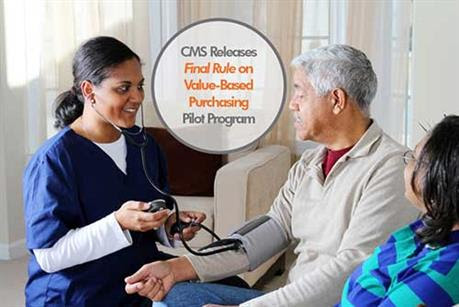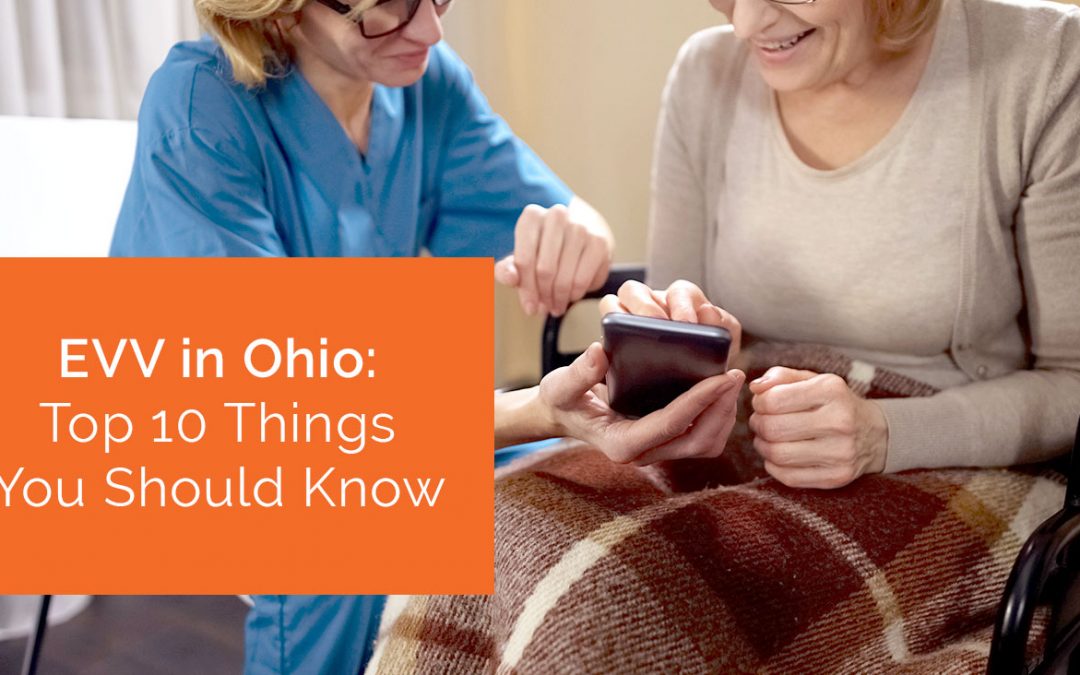As part of the ongoing efforts by CMS to help build a more sustainable health care system that improves care and outcomes, while reducing costs, the Home Health Value-Based Purchasing (HHVBP) Model was implemented beginning January 1, 2016. Under this model, all Medicare-certified home health agencies in nine states (Arizona, Florida, Iowa, Maryland, Massachusetts, Nebraska, North Carolina, Tennessee, and Washington) would have their payments adjusted based on their overall performance on specific measures reported in OASIS and HHCAHPS, as well as their claims data and several new measures related to data reporting. Under the HHVB Model, home health agencies could potentially have their payments increased or decreased by 3 percent in 2018, up to 8 percent in 2022.
Despite concerns from home health agencies and industry organizations about this rule and the way it was being implemented, CMS opted to go forward with the payment model pilot. In October of 2016, the agency announced that it was going to continue to apply the HHVBP Model in the same nine states, with a few key changes.
Important Changes to the HHVBP
Many of the changes to the HHVBP Model for calendar year 2017 are based upon the feedback from agencies, and by most accounts, they are being viewed as improvements.
Beginning January 1, 2017, the following apply to the HHVBP model:
• Changes to the bench marking process. Starting in 2017, CMS will calculate benchmarks and achievement thresholds at the state level, rather than by comparing agencies to each other based on size.
• The definition of benchmark is changing to refer to the mean performance of the top 10 percent of Medicare-certified home health agencies on specific quality measures during each state’s calculated baseline period.
• At least eight home health agencies, in any size-cohort, are required.
• Reporting period time frames for submitting data on new measures have been increased. Agencies now have 15 days from the end of the reporting period (up from seven) to submit data to better account for weekends and holidays.
• Four measures have been removed from the applicable measures: Care Management: Types and Sources of Assistance, Prior Functioning ADL/IADL, Influenza Vaccine Data Collection Period, and Reason Pneumococcal Vaccine Not Received.
• Agencies now only need to submit data for the Influenza Vaccination Coverage for Home Health Personnel annually, rather than quarterly.
• There is now a formal appeals process, under which agencies can request a recalculation and reconsideration of their performance.
In addition, the revised rules also call for a public report and update on CMS’ progress toward developing a means of reporting home health agency performance publicly.
Why the HHVBP?
The HHVBP Model was developed in line with the federal government’s commitment to reducing health care costs while simultaneously improving quality. This particular program is expected to save around $378 million between now and 2022, while also reducing costly hospital readmissions.
In addition to the HHVBP Model, there is also an ongoing effort to legislate a similar payment model for all post-acute care. However, there is some disconnect between CMS and Congress as far as how the programs should be managed, and this could create some significant conflict in the coming years. In any case, it appears that value-based purchasing is a viable option for reducing Medicare expenditures, and is likely to be a reality for all agencies in all states within the near future.
With that in mind, it’s important for your agency — if you are not in one of the initial nine testing states — to be watching how the model plays out and making adjustments to your business as necessary. Not to mention, the same criteria being used in HHVBP are those that influence your agency’s star ratings, ACO eligibility, and status within other bundled payment initiatives, so it’s imperative that you begin working on these measures now.
Some of the steps you can take include:
• Implementing software to better coordinate care and improve documentation and agency management.
• Reviewing OASIS compliance and identifying and correcting problems.
• Providing additional employee training and education in OASIS procedures, documentation, and other key areas to ensure compliance and performance.
• Identify documentation issues and deal with them quickly.
By carefully reviewing your documentation procedures now, you can improve your agency’s performance in the HHVBP, or be prepared to make the transition in the future when and if your state is added to the model, and avoid facing reductions in payments due to performance issues.In the meantime, take some time to explore Complia Health’s array of tools, which can help you improve your agency’s overall performance and meet the new requirements in the complex and competitive home health landscape.




